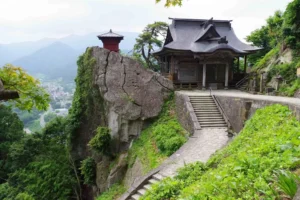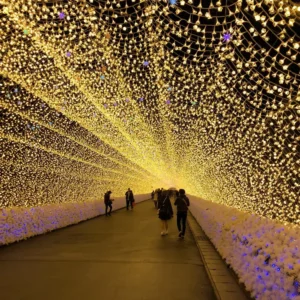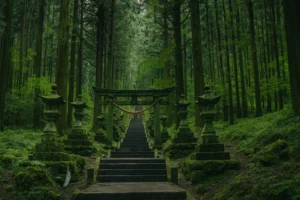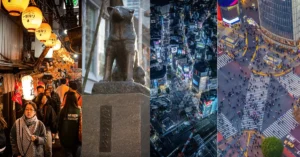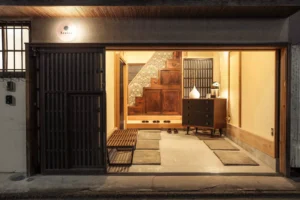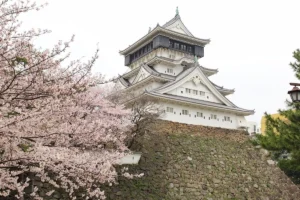Japan’s allure lies in its seamless blend of ancient tradition and cutting-edge modernity. Japan provides a captivating voyage through time for travelers, with the tranquil temples of Kyoto and the vibrant, neon-lit streets of Tokyo serving as iconic highlights. However, as tourism rebounds in 2025, it’s crucial to remember that Japan’s cultural treasures are not mere backdrops for Instagram—they are living embodiments of history, spirituality, and community. This guide unpacks how to practice , ensuring your visit honors its people, traditions, and sacred spaces. Here a full guide to Respectful Travel in Japan .
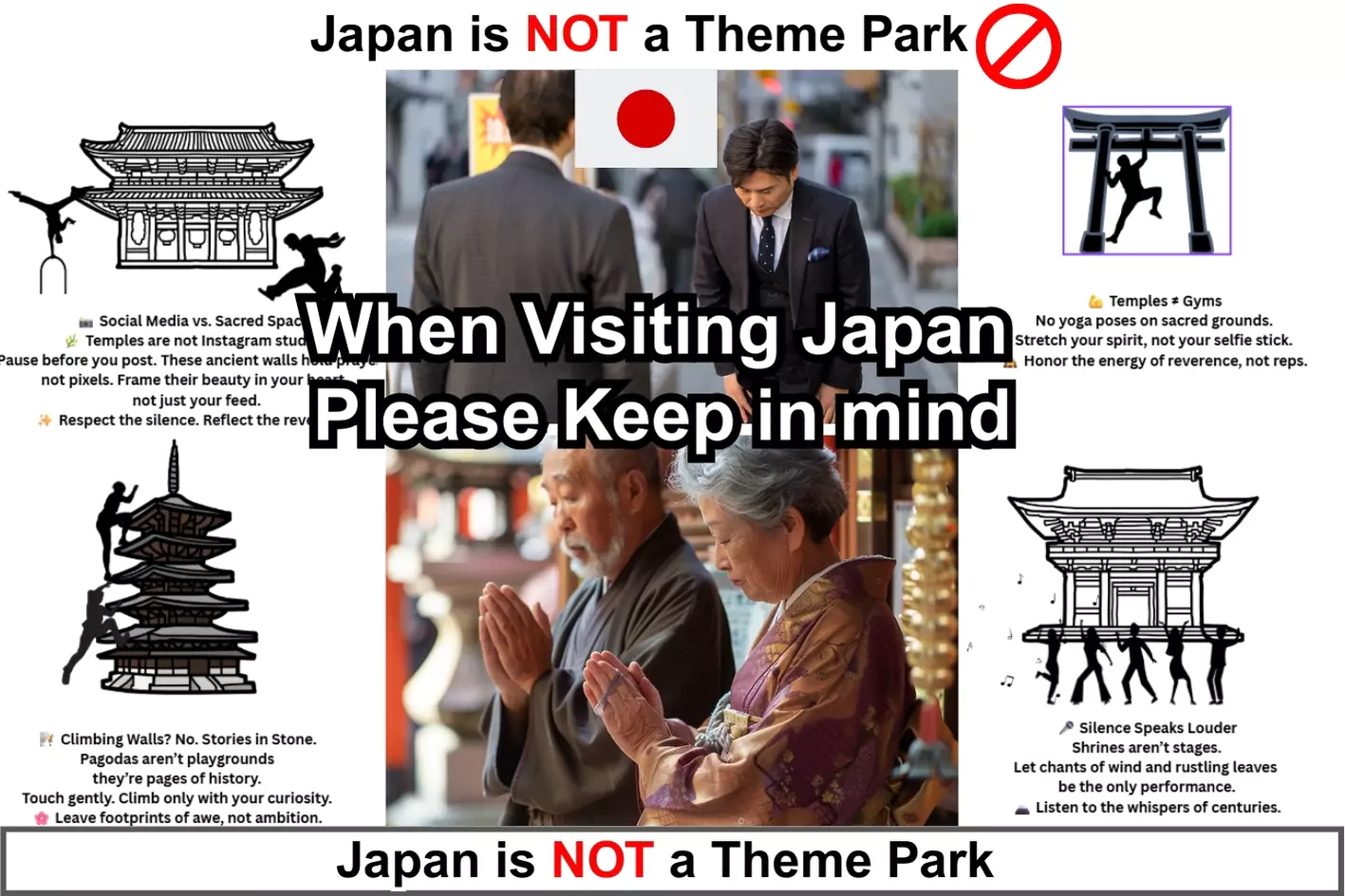
Table of Contents
Understanding the Sacred: Temples and Shrines
Japan’s temples (tera) and shrines (jinja) are more than photogenic landmarks—they are active places of worship and reflection. Sites like Kyoto’s Kiyomizu-dera or Nara’s Todai-ji have stood for centuries, their walls echoing with prayers and rituals. When visiting:
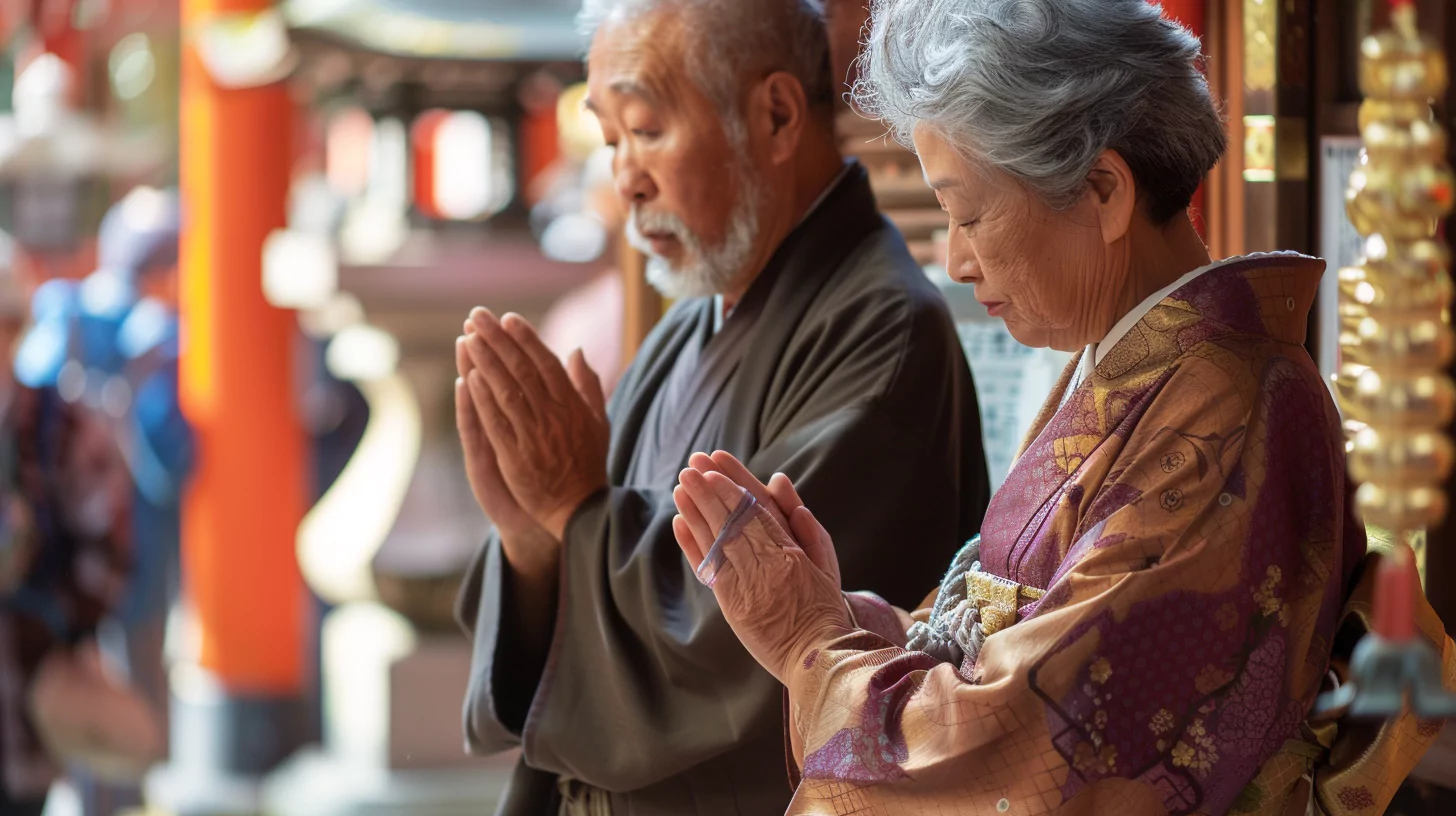
- Remove your shoes where required (look for signs or follow locals’ lead).
- Bow slightly before entering prayer halls.
- Avoid loud conversations—silence is a form of respect.
- Never touch sacred objects, such as Buddhist statues or Shinto offerings.
In 2025, many temples are implementing timed entry systems to manage crowds. Book in advance and arrive early to experience these spaces in their intended tranquility.
Social Media Etiquette: Beyond the Selfie
The urge to capture Japan’s beauty is understandable, but sacred sites are not Instagram studios. At Senso-ji Temple in Tokyo, signs now remind visitors: “These walls hold prayers, not pixels.” To practice respectful travel in Japan:
- Pause before posting. Ask: Does this photo honor the site’s purpose?
- Turn off flash and shutter sounds, especially during ceremonies.
- Avoid blocking pathways for the “perfect shot.”
- Share thoughtfully. Tag locations accurately and credit cultural insights.
In 2025, some temples are introducing “photo-free zones” to preserve solemnity. Respect these boundaries—your memories will be richer for it.
Preserving History: No Climbing, No Touching
The cobblestone paths of Fushimi Inari’s torii gates or the wooden beams of Himeji Castle have survived wars, weather, and time. Yet, climbing on structures or carving initials threatens their preservation. Recent initiatives include:
- 3D-printed replicas of vulnerable artifacts for tactile interaction.
- Virtual reality tours to explore restricted areas without physical impact.
- “Leave No Trace” campaigns encouraging travelers to carry out trash.
Remember: shrines aren’t stages, and ancient walls aren’t climbing gyms. Let the stories in stone speak for themselves.
This post may include affiliate links, and Japantovisit could earn a commission if you decide to make a purchase through those links.
Embracing Silence: The Sound of Reverence
In a bustling world, Japan’s sacred spaces offer rare silence. The rustle of maple leaves in Ryoan-ji’s rock garden or the distant chant of monks at Eihei-ji Temple are performances meant to be heard, not drowned out. Tips for mindful engagement:
- Put devices on silent mode.
- Take a few moments to sit quietly and soak in the atmosphere
- Follow local cues. If others are meditating, join them in stillness.
As one Kyoto priest shared: “The whispers of centuries teach patience. Listen, and you’ll carry Japan’s soul with you.”
Cultural Respect: More Than Just Tourism
Respectful travel in Japan extends beyond sites—it’s about honoring daily life. In 2025, homestays and community-based tourism are rising, offering deeper cultural exchanges. Key practices:
- Learn basic phrases like arigatou gozaimasu (thank you) and sumimasen (excuse me).
- Follow dining etiquette: Say itadakimasu before meals, don’t stick chopsticks upright in rice.
- Dress modestly in religious sites and rural areas.
During festivals like Gion Matsuri, observe from designated areas rather than pushing for front-row views. Respect private property—those cherry blossoms overhanging a wall? Admire them from the sidewalk.
Japan in 2025: Navigating New Challenges
As tourism is forecasted to exceed pre-pandemic levels, Japan is striving to maintain a balance between accessibility and the preservation of its cultural and natural assets. Innovations include:
- AI-guided tours that provide context without disturbing quiet spaces.
- Carbon-neutral travel passes to reduce environmental impact.
- Volunteer programs where travelers assist in temple upkeep.
Yet, the core principle remains unchanged: tread lightly, observe deeply, and prioritize people over pixels.
Conclusion: Japan’s Culture Demands Reverence
Japan is not a theme park—it’s a nation where every stone, tree, and tradition has a story. By embracing respectful travel in Japan, you become part of that story in a way that honors its past and safeguards its future. As you plan your 2025 journey, ask yourself: Will I be a guest or a spectator? The answer will shape not just your trip, but the legacy you leave behind.
“The true beauty of Japan lies not in what you capture, but in what you carry home in your heart.”
Ready to experience Japan’s legendary cherry blossoms (sakura ) and global spring flower festivals? Claim up to 50% OFF your dream trip with our exclusive partner! Whether you’re planning a romantic escape to Mount Fuji’s pink vistas, a cultural adventure through Kyoto’s blooming temples, or a vibrant festival in Tokyo, this limited-time offer makes it easier than ever to chase the hanami magic. Book now and save big—because spring in Japan is too beautiful to miss! 🌸
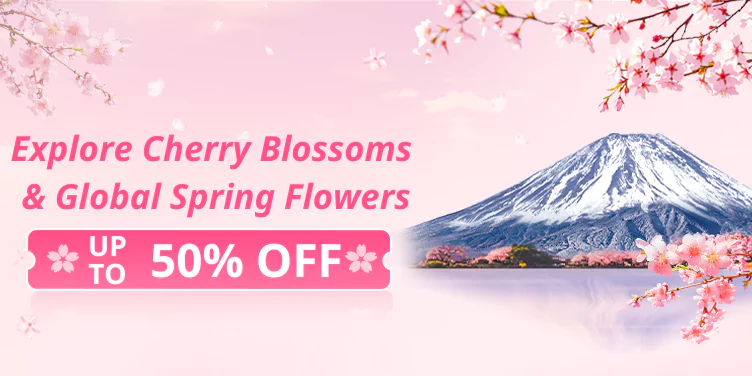
Planning a trip to Japan during the iconic 2025 cherry blossom season ?Experience the perfect moments and locations to admire this stunning natural phenomenon with our comprehensive 2025 Cherry Blossom Forecast Guide. From Tokyo’s bustling parks (peak bloom: March 31 ) to Kyoto’s serene temples (full bloom: April 5 ), this guide maps out flowering dates, travel tips, and top viewing spots like Osaka Castle and Hokkaido’s Goryokaku Park. Whether you’re chasing early blooms in Fukuoka (March 23) or late-season petals in Sapporo (May 2), stay ahead of the sakura front with expert insights and seasonal updates
FAQs: Respectful Travel in Japan (2025)
1. Why is Respectful Travel in Japan emphasized ?
Japan’s cultural and sacred sites are intricately connected to its history, spirituality, and sense of community. Unlike theme parks, these spaces demand reverence to preserve their integrity and ensure future generations can experience them. Respectful travel minimizes disruption to local life and protects fragile heritage.
2. Can I take photos at temples and shrines?
Some temples and shrines allow photography, but always check for signs or ask staff. Rules to follow:
- Turn off flash and shutter sounds.
- Avoid filming ceremonies or worshippers.
- Respect “photo-free zones” (increasingly common in 2025).
Tip: Prioritize experiencing the moment over capturing it.
3. What should I wear when visiting sacred sites?
Dress modestly:
- Cover shoulders and knees.
- Remove hats and sunglasses indoors.
- Take off shoes where required (look for shoe racks or follow others).
4. How do I behave during a tea ceremony or festival?
- Observe quietly: Avoid interrupting rituals.
- Follow instructions: If participating, mimic the host’s actions.
- Ask permission before photographing traditional performances.
5. Are there new rules for tourists in 2025?
Yes! Key updates include:
- Timed entry tickets at popular temples (e.g., Kinkaku-ji).
- AI-guided tours to reduce crowding and noise.
- Carbon-neutral travel passes for trains and buses.
6. Can I touch or climb historical structures?
No. Climbing walls (e.g., castles) or touching artifacts accelerates wear. Many sites now offer:
- 3D-printed replicas for tactile interaction.
- VR experiences to explore restricted areas.
7. How do I support local communities respectfully?
- Shop small: Buy from artisans (wagashi sweets, washi paper).
- Stay in minshuku (family-run guesthouses) over international chains.
- Learn basic phrases: Arigatou gozaimasu (thank you) goes a long way!
8. What if I accidentally break etiquette?
Apologize sincerely with sumimasen (excuse me) and correct your behavior. Most locals appreciate genuine efforts to learn.
9. Are there volunteer opportunities for travelers?
Yes! Programs like Temple Stay Volunteering let you assist with upkeep or community events. Check platforms like Volunteer Japan for 2025 listings.
10. How can I reduce my environmental impact?
- Carry a reusable utensil set (avoid single-use plastics).
- Use eco-friendly travel passes for public transport.
- Join “Leave No Trace” clean-up initiatives in parks.
Respectful travel isn’t about perfection—it’s about mindfulness. By asking these questions, you’re already on the right path. 🌸
For more tips, download the Japan National Tourism Organization’s Responsible Travel Guide or follow @RespectJapan on social media.
Ready to Travel Respectfully?
- Download the Japan National Tourism Organization’s Responsible Travel Guide.
- Support local artisans by purchasing traditional crafts (wagasa umbrellas, washi paper).
- Follow us @japan.tokyo.official on social media for real-time etiquette tips.
Arigatou gozaimasu for traveling with care. 🌸
